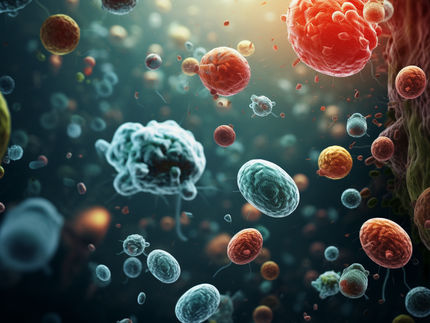New technique for detecting mold contamination in homes and other buildings
With mold contamination of homes an ongoing concern – and a special threat to the 2.5 million foreclosed houses in the U.S., shuttered with little ventilation – scientists are reporting a new method to detect and identify low levels of airborne mold. The report, which describes a simple, fast method that could provide an early indication of potential contamination, appears in ACS' journal Environmental Science & Technology.
Sutapa Ghosal and colleagues indicate that mold contamination of homes, especially after water damage from storms and floods, is an ongoing concern. Although most molds are harmless, scientists have linked some with health risks to humans. Traditional methods for detecting mold contamination involve identifying the spores that mold release into the air. Those tests are labor- and time-intensive, often requiring that the mold grow in the laboratory. Moreover, not every mold can grow under these conditions. That's why the researchers have sought to develop a fast and easy method that can reliably detect and identify low levels of airborne mold – even single spores.
The scientists describe a new method, which involves collecting air samples on a piece of commercially available aluminum foil, and then analyzing the spores with a technique called Raman microspectroscopy (RMS). They used the method to detect and identify single spores from seven common types of mold. The team says that use of the new test could help with many problems in the public health, forensics sciences and environmental fields.
Other news from the department science
Most read news
More news from our other portals
See the theme worlds for related content
Topic World Spectroscopy
Investigation with spectroscopy gives us unique insights into the composition and structure of materials. From UV-Vis spectroscopy to infrared and Raman spectroscopy to fluorescence and atomic absorption spectroscopy, spectroscopy offers us a wide range of analytical techniques to precisely characterize substances. Immerse yourself in the fascinating world of spectroscopy!

Topic World Spectroscopy
Investigation with spectroscopy gives us unique insights into the composition and structure of materials. From UV-Vis spectroscopy to infrared and Raman spectroscopy to fluorescence and atomic absorption spectroscopy, spectroscopy offers us a wide range of analytical techniques to precisely characterize substances. Immerse yourself in the fascinating world of spectroscopy!



















































